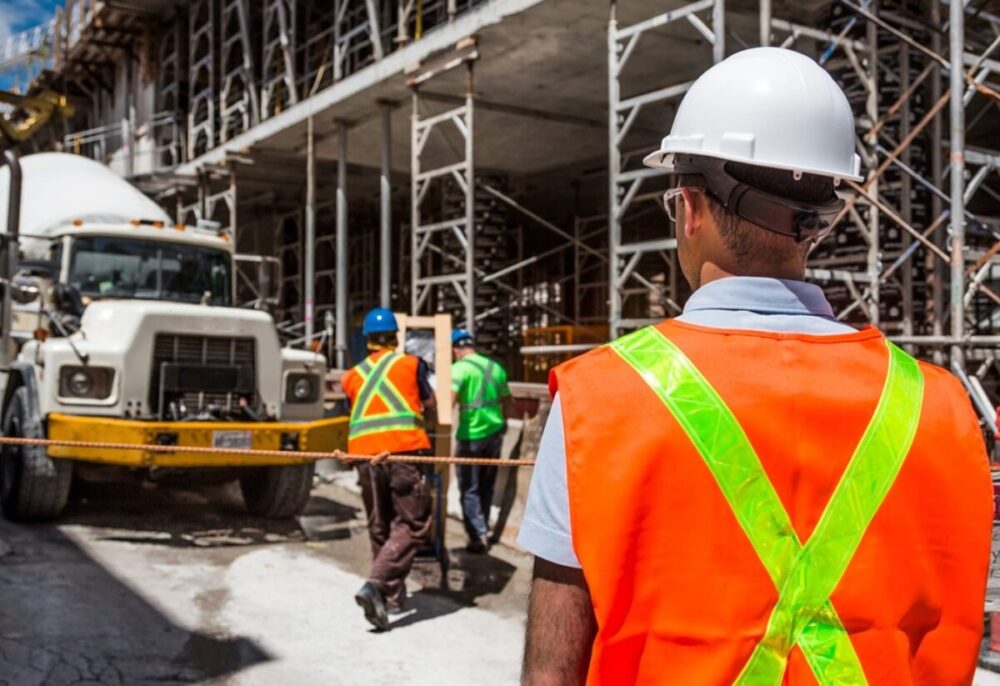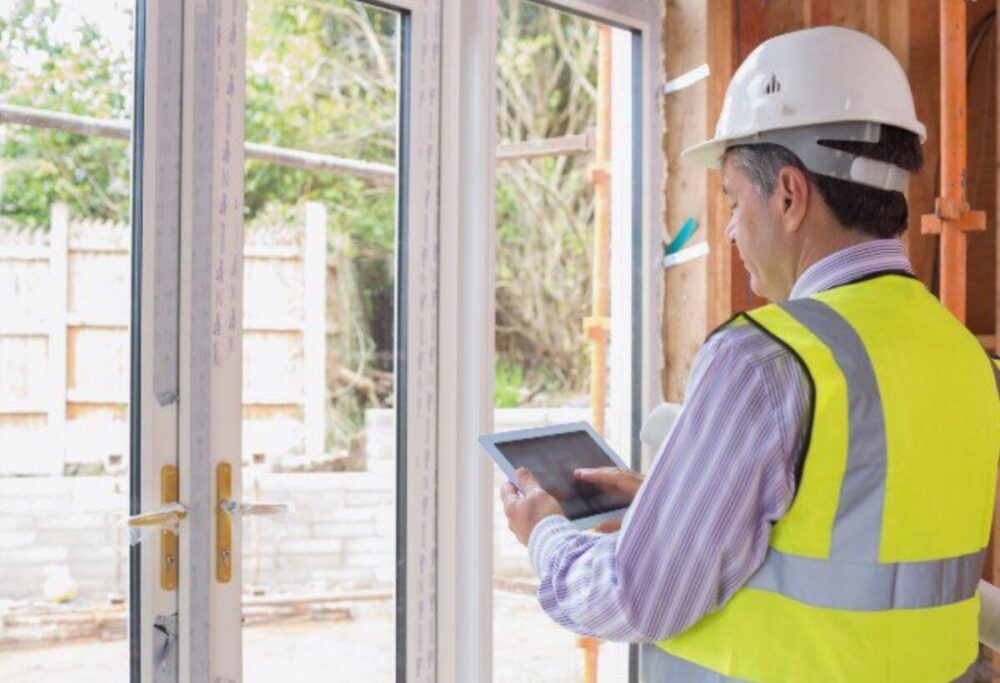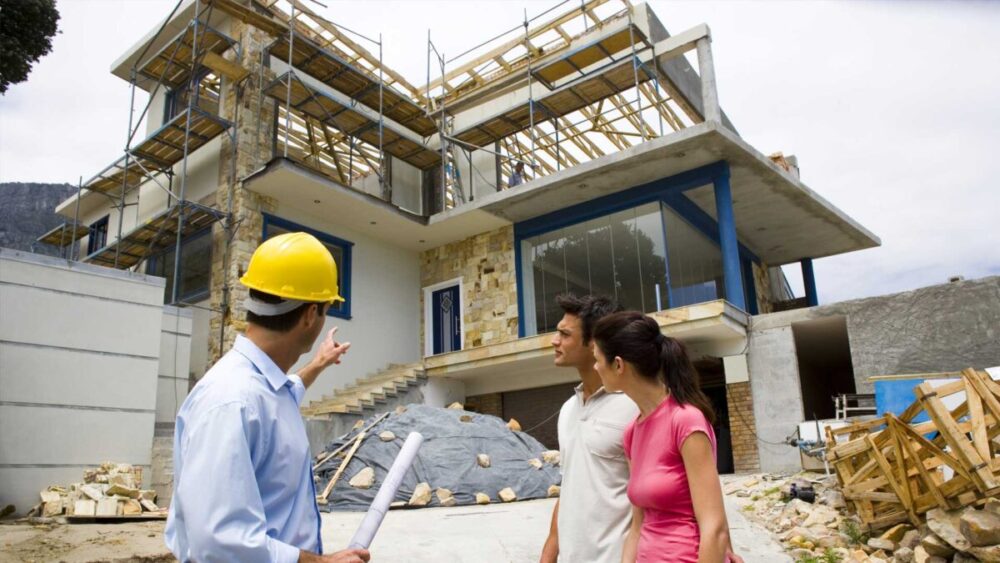Some may say that in big cities, especially world-famous ones, everywhere we look there are concrete surfaces, whether there are stores, markets, banks, or apartment buildings, and they have a point, but those buildings, even though may become too much for some, and craving for nature and sights full of greenery, are nothing unusual as more and more people are moving to these cities because of work. Of course, there are some large parks and green surfaces in these cities, even famous ones like Central Park in NY, but since almost everywhere we look, there is some construction site, the construction trend will not stop anytime soon.
These building sites are everywhere, and the fact that each year the overall number of people on this planet increases by 81 million people just means that new buildings simply need to erect for both work and living purposes. Now, what troubles many people is not knowing what residential and commercial construction terms stand for, and even though it’s nothing unusual that those who are not in this line of business are not familiar with this, it is good to know the difference between these two. That is our topic of the day, to present major differences and clarify what each of these terms stands for, so let’s start.

The main difference
As the name itself says, commercial one is about building markets, shops, banks, and similar structures, while residential one is based around the buildings that people live in either a townhouse, duplex, single-family homes, or other similar structures. Although this is the core difference between these two types, that’s just the beginning, and these two types have much more differences than you may possibly think.
It all starts from the money flow, how it is dealt with and how it is secured, and then it expands on other things like material used, the type of equipment, and, of course, the time needed for the completion of the project. Now, when we have settled the main difference, let’s take a closer look and clarify some of these other differences mentioned above.

The price
We all know that it is much more expensive to build a commercial building, and the reasons for that are various. First of all, these structures need to be strong enough to handle a high number of people, and it needs to fulfill all the safety standards that one state has. There are also safety standards for residential constructions, but they are much lower than those for commercial ones. Because of different materials which are used to ensure stability in these buildings, the whole process is much different. This special process requires some special equipment and well-trained workers, which all leads to higher costs.

The material
As mentioned above, the material used depends highly on the design of a certain building. The quality and the quantity of those materials is also something that depends on the design of the structure, but these two types differ, and while for single homes, wood is much preferable as it fits ideally with the purpose and looks to the whole interior design, and is also less pricey, for commercial structures, steel is still a to-go option, as it provides the best foundation for the whole building and is the best option in terms of durability. As you could probably conclude, the material also influences the price of the project, and in terms of traditional timber frame or steel frame, it is quite easy to determine which one will cost more.

The deadline
Every construction has some deadline which represents the time by which it needs to be finished. That date is set at the beginning of every project, and the contractors need to respect them because breaking deadlines can have some serious consequences to their future projects. When it comes to residential construction, the contractors are setting the date with the future owner of the building, and when it comes to commercial construction, things are much complex. Companies are always in a hurry, which means that the building needs to be finished more quickly than a house. Future house owners do not want to rush, and they take their time and reconsider every decision, which makes the construction time much longer.

Regulations
It is impossible to build something without a certain permit, and it applies to any construction as well. Regulations for commercial one are much more strict, and it is more difficult to fulfill every request, and, because of that, it is necessary to have a detailed plan before doing any work. Some of the aspects of the structure, like electric and plumbing systems, need to be precisely done to avoid any possible accidents and make staying in the building safer for everyone. Besides the safety systems, it is also regulated by the law how big the construction can be and which materials need to be used. The laws are here to protect the residents of every building, and it is necessary to obey them, not only because of the penalties that we need to pay if the building is not safe but because of the people’s safety.

The bottom line
Well, there you have it, the main differences between these two construction types, and as you can see, they don’t have much in common, and they differ not just by their purpose as the core difference but by methods and specialties as well. Hopefully, you are now aware of what each of these terms stands for, and in case you need some of these services, you will know who to hire, which can be much more challenging than learning this difference. That is why hiring experts and experienced professionals should be your first choice. There is much more to reconstruction, and no matter if it is about roof or waterproofing, it is always preferable to have the best of the best in this line of work. Read more if you have more questions about building and repairing the roof, commercial roofing, or waterproofing.





